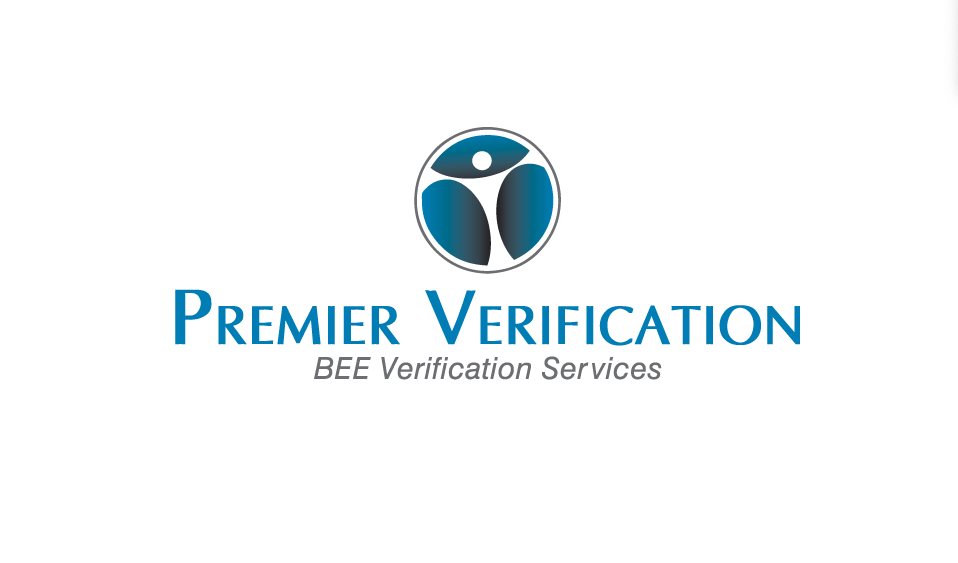Sunday Times Consulting
Premier Verification
Why black ownership is important when it comes to transformation and B-BBEE scorecard of a company?
When talking about Ownership structures in the B-BBEE industry, Bridget Ntombela CEO of Premier Verification, is optimist that majority of companies are now focussing on true BEE transformation unlike in the past where a lot of fronting existed.
Why focus on ownership? Objectives?
This helps to achieve a substantial change in the racial composition of ownership and management structures of existing and new enterprises.
Creating NET VALUE in the hands of black people. Focus on ownership of enterprises and assets through shares and other instruments that provide the provide the holder thereof with voting rights and economic benefits.
Emphasis on control and participation. Therefore, need to guard against fronting because passive ownership it’s not sufficient to bring about real transformation.
When the Amended Codes were initially gazetted in 2007, the target for black representation under Ownership was set at 25,01%. This translates to 25% black Shareholding plus one vote in the hands of black People. In this instance, black People are defined as Black, Coloured or Indian South Africans meeting the definition laid out in the Amended Codes. Based on achieving this, an organisation is awarded points on a pro-rata basis, depending on the percentage of the target achieved.
The targets set for Ownership in some Sector Codes may differ, as they indicate higher Ownership targets. For example, the Amended Tourism Sector Code and the Information Communication and Technology Sector Code targets are set at 30% for Ownership.
How is Ownership measured?
For organisations measured on the Amended Codes, black Shareholding is measured on the following three criteria:
- Voting rights – % of shareholding held by black People
Exercisable voting rights means a voting right of a participant which is not subject to any limitation. The rights of a shareholder to vote in meetings or in respect of decisions based on the number or percentage of shares held and the rights associated with the class of those shares in the entity.
- Economic interest – % rights to participate financially
Economic interest refers to a claim against the measured entity representing a return on ownership of the entity similar in nature to a dividend right, measured using the flow through and where applicable, the modified flow through principles. This includes the rights of a shareholder to receive dividends and capital gains or growth.
- Net value – the value of the shares after taking into account any acquisition debt
Net value is the value created in the hands of black people as a result of either direct or indirect participation in the measured entity (which considers aspects such as loan repayments and issuance of dividends to ensure repayment of the loan amount in the event the shares to the black participants were acquired by means of a loan, guided by a formula and time-based graduation factor).
This envisages a vesting of ownership rights upon fulfilment of loan obligations, which rights are unencumbered, which means the owner can make own decisions about the underlying asset.
What is a sub-minimum requirement?
In 2013, the Amended Codes introduced three Priority Elements, which set sub-minimum requirements to achieve set targets. Failure to meet the Ownership, Skills Development or Enterprise and Supplier Development sub-minimum requirements, will result in discounting by one status level. However, the maximum discounting penalty is one drop in status level, regardless of whether one or all three Priority Elements are not being met.
The sub-minimum requirement for Ownership relates to ‘Net Value’. The criteria to achieve the sub-minimum requirement is black shareholding meeting at least 40% of the target. This equates to an unencumbered or debt-free black shareholding of 10%. Achieving this will avoid discounting of one status level.
How are ownership percentages broken down?
The implications of 10%, 25%, 30% or 51% black shareholding must be fully understood to optimise the ownership scorecard, as well as attract and retain customers. The percentage of black ownership held by an organisation determines their ultimate value. For example:
- Less than 10% black ownership results in an organisation being discounted by one status level.
- 10% black ownership meets the sub-minimum requirement, therefore discounting of one status level is avoided. Provided net value is achieved.
- 25% black ownership optimises the ownership scorecard which meets scorecard set targets.
www.premierverification.com | info@p-v.co.za





